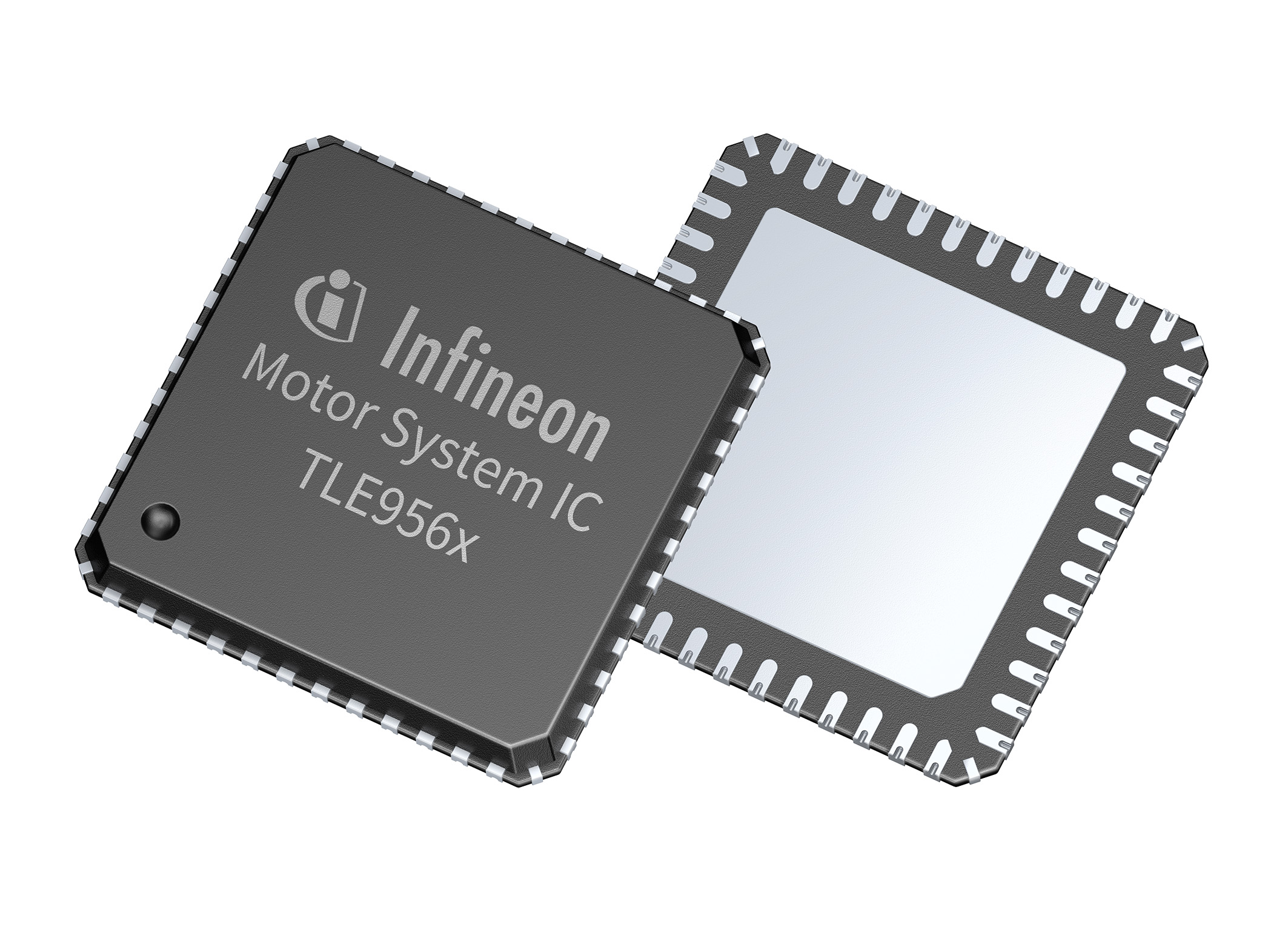

It outputs the PWM signal to the high mosfet gate while sending an inverted version of the signal to the low mosfet gate. The IR2109 half bridge driver chip contains logic to prevent this condition from occurring. This condition called “shoot through”, shorts the power supply and will likely damage the mosfets. It is important to ensure that the two mosfets on the same half-bridge are never on at the same time. This can be accomplished by increasing the Gate Resistance (covered later). It is also possible to reduce the inductive voltage spikes by increasing the time it takes to transition between states. This spike can dissipate by drawing current through the diodes in mosfets 1 and 3, effectively sending the current into the capacitors and battery. If the motor is being driven forward (1=4=on) and then all mosfets are turned off, there will be a voltage spike due to the inductance of the motor. The diodes (that often come integrated into the mosfets) also play an important role here. To prevent the noise from having a deleterious effect on the mosfets, there is significant capacitance in close proximity to the mosfets. The motor can create significant electrical noise because it draws a great deal of current causing dips and spikes in the power supply, and more significantly, when the mosfets abruptly cut off the current, the motor's inductance creates voltage spikes (as predicted by: V = L*di/dt).

Some rules-of-thumb for each component are provided below. If you need to change a component, it is very likely that the other components will need to be re-sized. The example H-bridge above works with a 24V supply and all of the specified components. While the concept of a high current H-bridge is fairly simple, many practical considerations complicate implementation. For more information on PWM, see Driving a DC Motor using PWM and Pulse Width Modulation. Generally 20kHz is a good choice for PWM frequency because it is well beyond of the dynamic range of motors and just beyond the range of human hearing. If the voltage reversals are at a high enough frequency, the cycling is unnoticeable. To keep the motor stationary, forward voltage is applied half of the time and reverse voltage is applied half of the time ( PWM=50% duty). To make the motor spin in reverse, 1=4=off and 2=3=on (PWM=0% duty cycle). To apply a forward voltage across the motor, mosfets 1=4=on and 2=3=off, causing the motor to spin in the forward direction ( PWM=100% duty cycle). The mosfets are used as switches and are activated in diagonal pairs.

In the circuit diagram we see that the 4 mosfets surrounding the motor form an “H” shape. The H-bridge described in this write-up is capable of currents up to about 40A at 24V, but requires the assembly of a PCB.
HALF BRIDGE MOSFET DRIVER IC FULL
Full H-bridge circuits capable of a few Amps can be purchased in convenient IC packages (see PWM and H-bridge chips). The convenience of an H-bridge is that a low current digital signal can be used to control a high current motor (or other device). An H-bridge is a circuit configuration commonly used to control the speed and direction of a brushed DC motor.


 0 kommentar(er)
0 kommentar(er)
